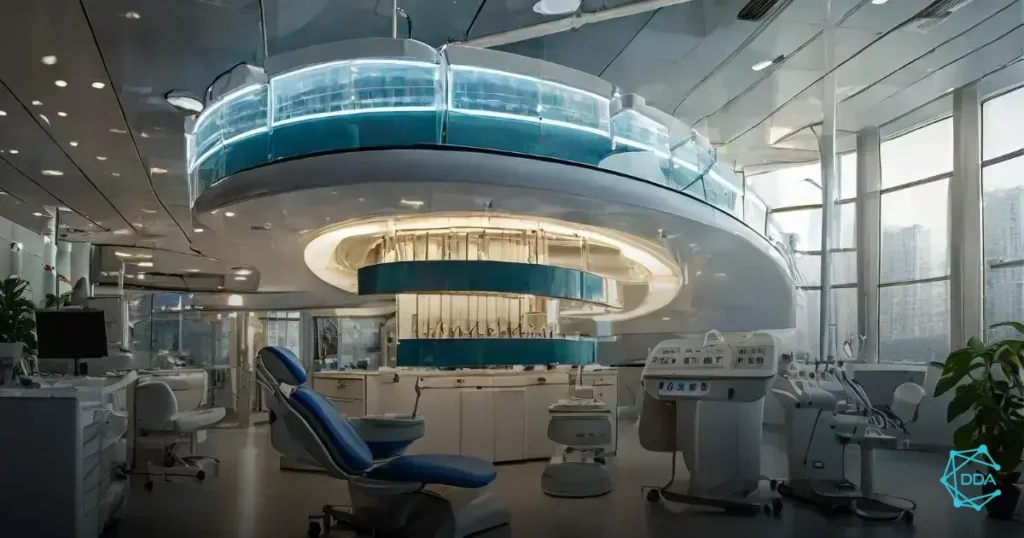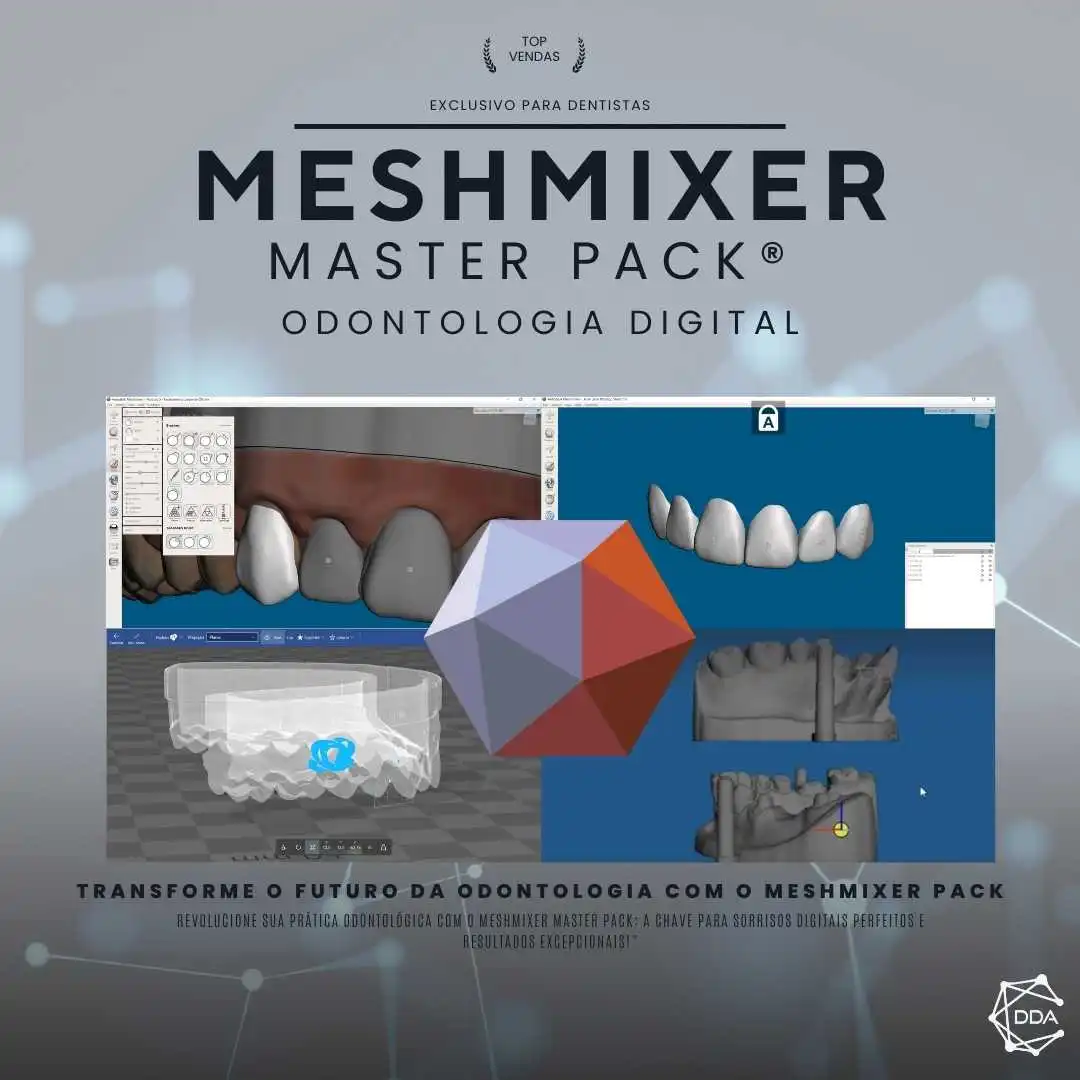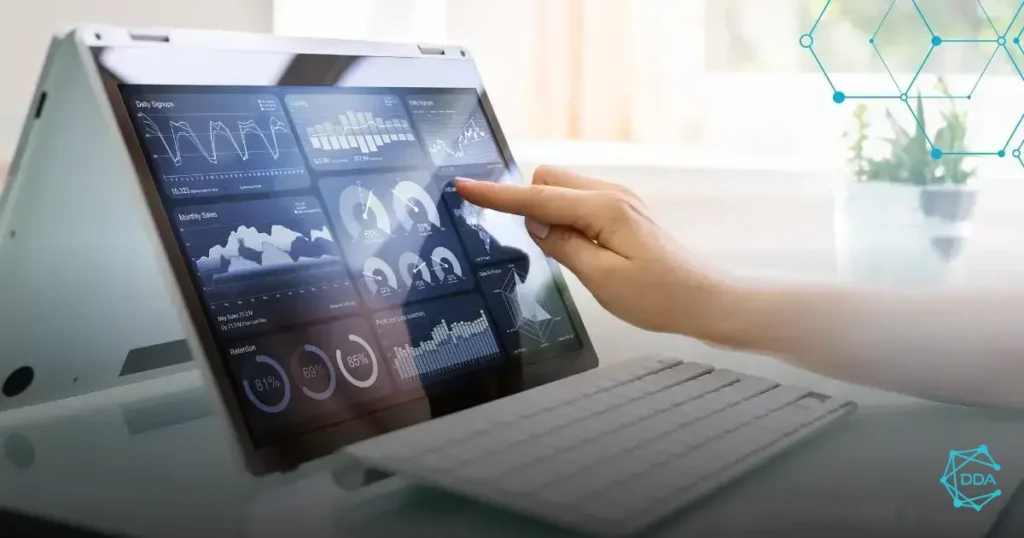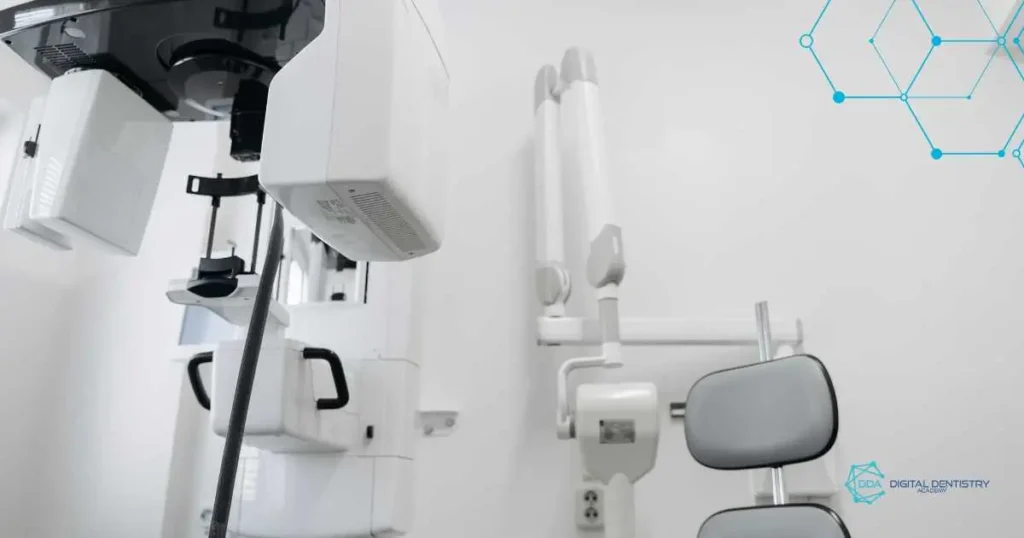O dental scanner It is an essential tool for dental professionals worldwide. With the advancement of technology, dental scanners have become an integral part of dental practice, providing precision and efficiency in the scanning and diagnostic process.
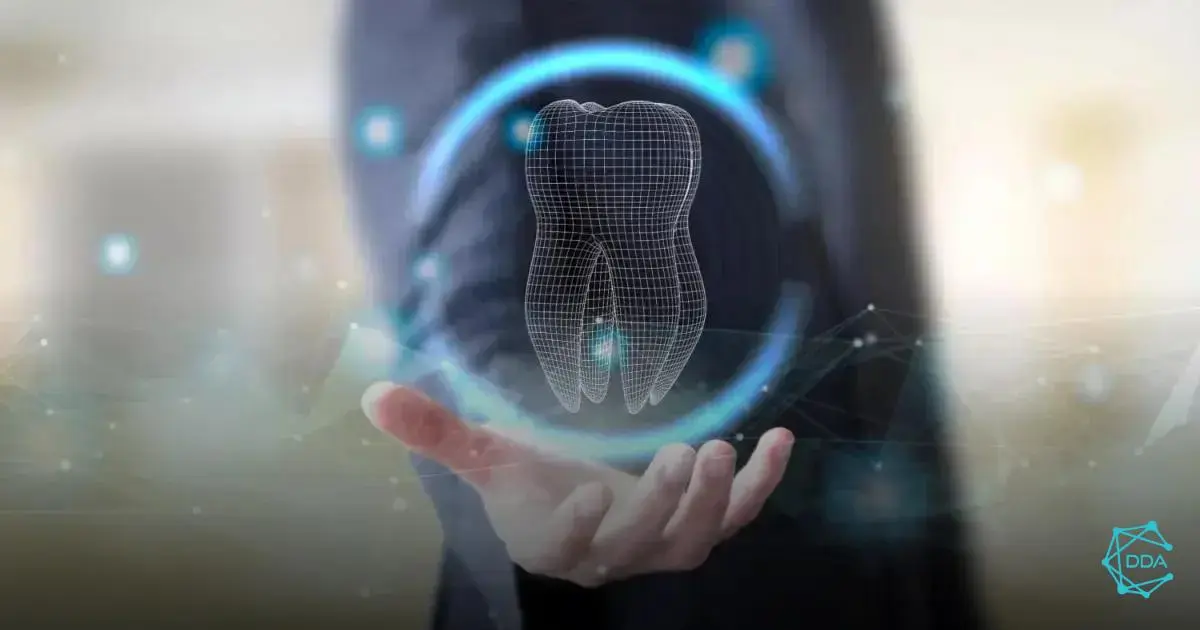

Features and Types of Dental Scanners
Dental scanners are essential devices in modern dental practice, allowing for the precise capture of three-dimensional images of the oral cavity and dental structures. These images are used for a variety of purposes, including diagnosis, treatment planning, prosthesis fabrication, and monitoring the progress of procedures.
Types of Dental Scanners
There are different types of dental scanners, each with its own characteristics and functionalities. The main types include:
- Intraoral Scanners: These are compact devices that capture images of the oral cavity, allowing for a detailed visualization of the teeth, gums, and adjacent structures.
- Extraoral Scanners: Designed to capture images of the face, jaw, and skull, they are useful in orthodontic procedures, maxillofacial surgery, and implant planning.
- CBCT Scanners: They utilize cone-beam computed tomography technology to generate high-resolution three-dimensional images, making them especially useful in implantology and endodontics procedures.
Advanced Features
In addition to image capture, modern dental scanners can offer advanced features such as:
- 3D Reconstruction: They allow the creation of precise three-dimensional models of the oral cavity, facilitating treatment planning and the fabrication of customized prostheses.
- Occlusion Analysis: Some scanners are capable of analyzing tooth occlusion, aiding in the diagnosis of bite problems and in the evaluation of the distribution of masticatory forces.
- Integration with CAD/CAM: They allow the transfer of captured images to computer-aided design and manufacturing systems, speeding up the production of dental restorations and prostheses.
In summary, dental scanners play a fundamental role in dental practice, providing accurate images and advanced functionalities that contribute to the quality and efficiency of treatments performed.


Importance of Accurate Scanning
Accurate scanning is extremely important in dentistry, as it ensures the acquisition of detailed, high-quality images, essential for planning and executing various procedures. Scanning precision directly influences the effectiveness of treatments and patient satisfaction.
With precise scanning, professionals can obtain three-dimensional digital models that accurately reflect oral anatomy, allowing for the creation of restorations, prostheses, and implants with a perfect fit and natural aesthetics. Furthermore, precise scanning contributes to reducing rework, increasing efficiency and productivity in the dental office.
Another important point is the accuracy in reproducing tooth colors, which is essential for creating high-quality aesthetic restorations. With precise scanning, it's possible to faithfully capture color nuances, resulting in superior aesthetic results and greater patient satisfaction.


Technological Advances in Scanners
In the field of dentistry, technological advancements in scanners have revolutionized the way professionals perform scanning and digitization of oral structures. With the constant development of new technologies, scanners are becoming more precise, faster, and more accessible, providing numerous advantages for both professionals and patients.
Technological advancements have enabled the integration of features such as high-resolution 3D scanning, the ability to accurately scan different materials, and improvements in user experience, making the scanning process more comfortable and efficient.
High-Precision 3D Scanning
Modern dental scanners are equipped with advanced technology that allows for the capture of highly accurate 3D images, enabling detailed digitization of dental structures and soft tissues. This is fundamental for creating highly precise and customized restorations and prostheses.
Compatibility with Different Materials
Technological advancements have also enabled scanners to scan a wide variety of materials used in dentistry, such as ceramics, resin, metal, and even plaster. This significantly expands the clinical applications of scanners, allowing for the digitization of different types of restorations and prosthetic structures.
Enhanced User Experience
With technological advancements, dental scanners are becoming more compact, lightweight, and ergonomically designed, providing greater comfort for professionals during the scanning process. Furthermore, the integration of advanced software has simplified scanner operation, making the process more intuitive and efficient.
In summary, technological advancements in dental scanners have significantly boosted clinical practice, enabling more precise, versatile, and comfortable scans, and contributing to improved outcomes and patient experience.
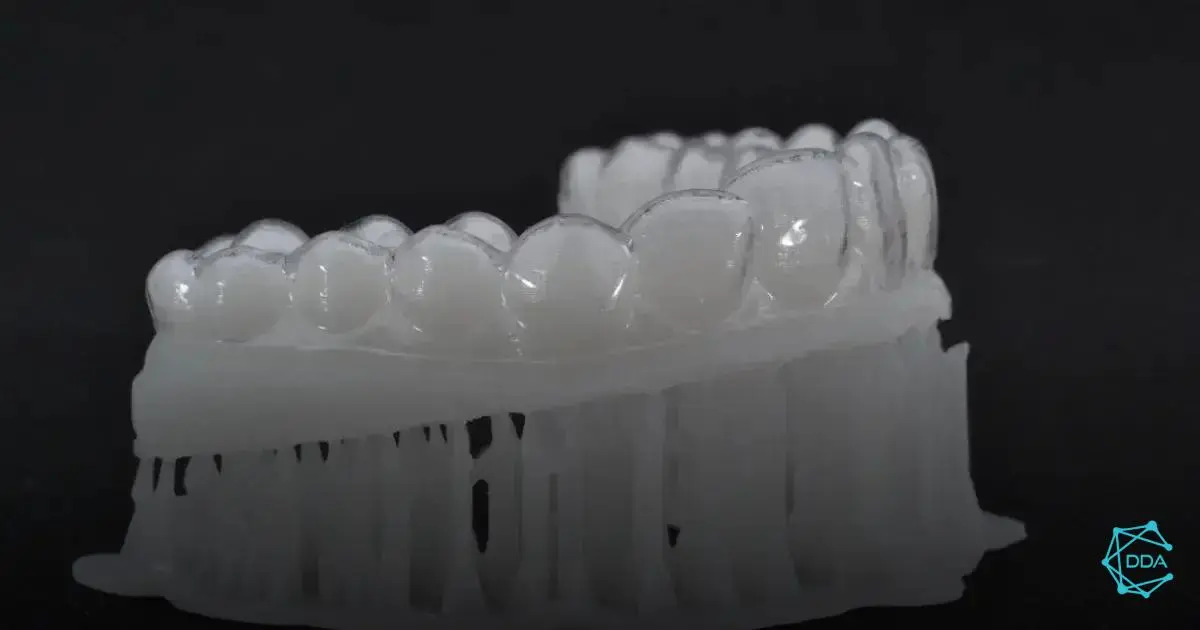

Clinical Applications
The clinical applications of dental scanners are varied and cover different areas of dentistry, providing significant benefits for both professionals and patients.
Accurate Diagnosis: Dental scanners allow for the capture of detailed images of tooth structure, facilitating the diagnosis of problems such as cavities, fractures, and other conditions.
Treatment Planning: With the digital images obtained by the scanners, professionals can perform precise planning for treatments such as dental implants, orthodontics, and prosthetics.
Prosthetics Manufacturing: Dental scanners enable the creation of digital models for the fabrication of dental prostheses, speeding up the process and ensuring more precise results.
Treatment Monitoring: During treatment monitoring, dental scanners allow for the comparison of images over time, aiding in the evaluation of the clinical picture's evolution.
Clinical Documentation: The images obtained by the scanners can be used to document patients' clinical history, facilitating the recording and comparison of information at different times.
Integration with CAD/CAM Technologies: Dental scanners are integrated with CAD/CAM systems, enabling the creation of restorations and prostheses with high precision and quality.
Education and Communication with the Patient: The images generated by the scanners can be used to educate patients about their oral health and the necessary procedures, facilitating communication and understanding.

